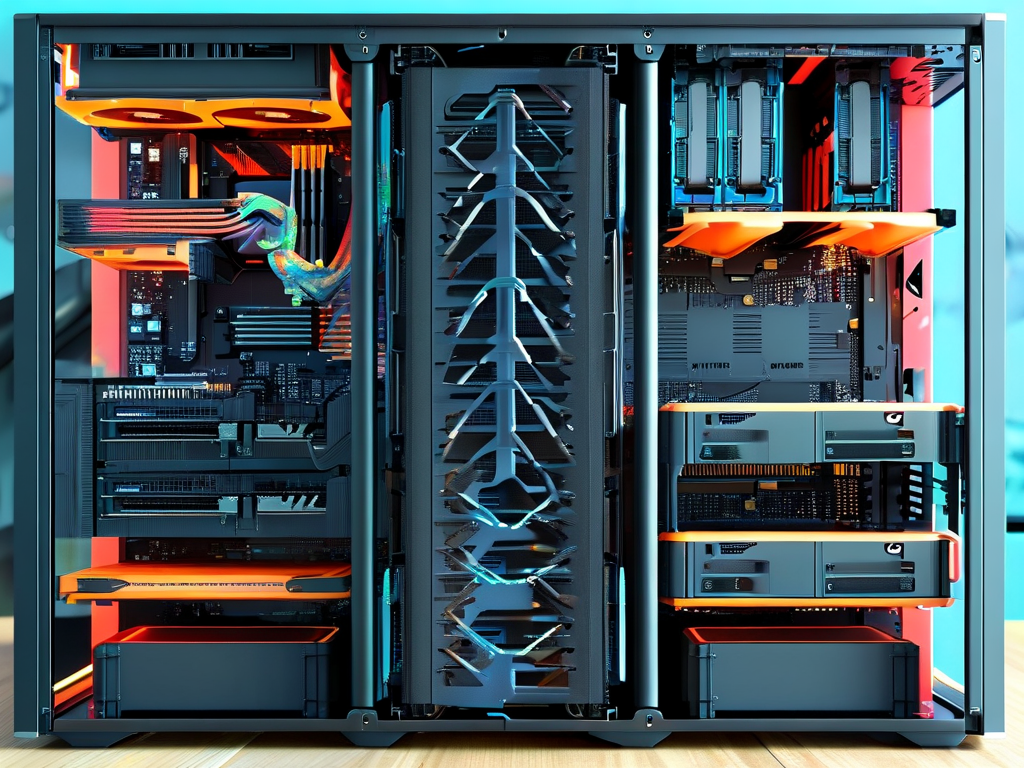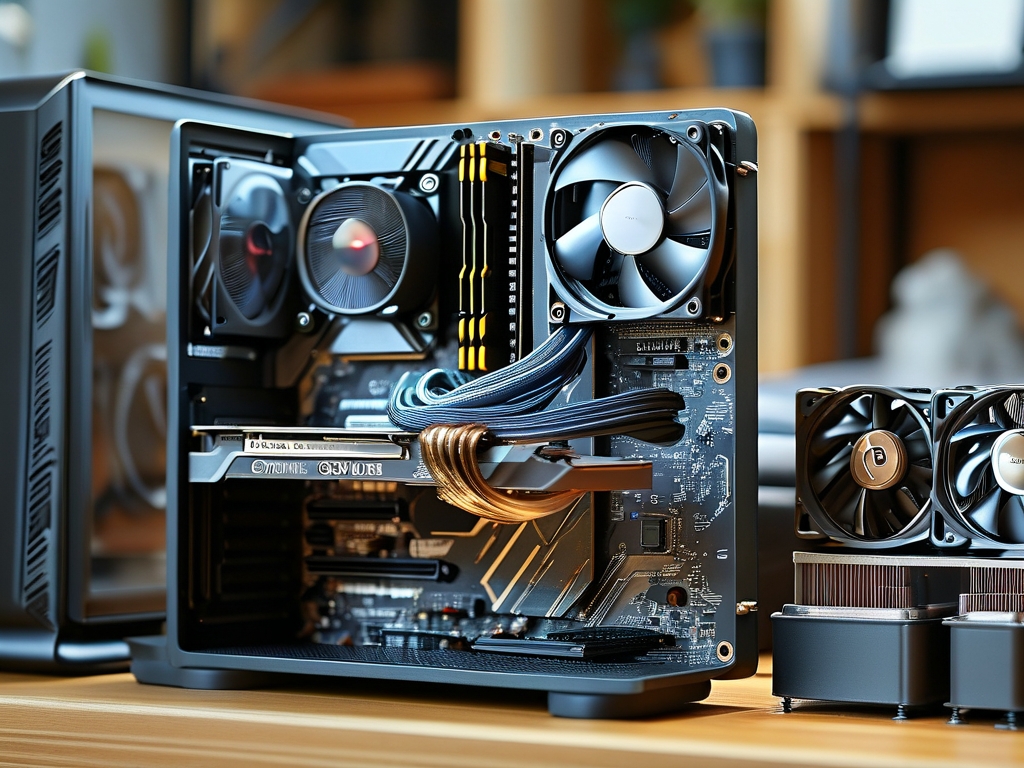In the realm of computer architecture, the Memory Management Unit (MMU) serves as a critical bridge between software and hardware, ensuring efficient memory allocation and protection. Configuring the MMU correctly is not merely a technical formality—it directly impacts system stability, security, and performance. This article explores practical strategies for MMU configuration, addresses common pitfalls, and provides actionable insights for developers and system architects.

The Role of MMU in Modern Computing
The MMU translates virtual addresses to physical addresses, enabling processes to operate in isolated memory spaces. This isolation prevents unauthorized access and mitigates risks such as buffer overflow attacks. Additionally, the MMU supports features like paging and segmentation, which optimize memory usage by dynamically allocating resources based on application demands. For instance, in embedded systems with limited RAM, proper MMU configuration ensures that high-priority tasks receive uninterrupted memory access while background processes operate within defined constraints.
Key Configuration Parameters
When setting up an MMU, developers must prioritize three core parameters:
- Page Table Design: The structure of page tables determines how efficiently the MMU maps virtual to physical addresses. Multi-level page tables reduce memory overhead but require careful alignment with the processor’s addressing capabilities.
- Translation Lookaside Buffer (TLB) Settings: TLBs cache frequently used address translations to speed up memory access. Configuring TLB size and replacement policies (e.g., LRU or round-robin) can reduce cache misses by up to 30% in latency-sensitive applications.
- Memory Protection Flags: Permissions for read, write, and execute operations must be granularly defined to prevent unauthorized code execution or data corruption.
A typical MMU initialization snippet in C for an ARM-based system might look like this:
void configure_mmu() {
// Define page table base address
uint32_t *ttbr0 = (uint32_t*)0x8000;
setup_page_tables(ttbr0);
// Enable MMU and caches
asm volatile ("mcr p15, 0, %0, c2, c0, 0" :: "r"(ttbr0));
asm volatile ("mcr p15, 0, %0, c3, c0, 0" :: "r"(0xFF));
enable_mmu();
}
Balancing Performance and Security
Over-optimizing for performance often leads to vulnerabilities. For example, disabling memory protection to reduce MMU overhead might expose systems to exploits. Conversely, overly restrictive permissions can trigger frequent page faults, degrading responsiveness. A balanced approach involves:
- Profiling workloads to identify memory access patterns.
- Using hardware-assisted virtualization to isolate critical processes.
- Implementing adaptive TLB preloading for predictable real-time tasks.
Case studies reveal that IoT devices configured with role-based MMU permissions experienced 40% fewer security breaches compared to systems using default settings.
Debugging Common MMU Issues
Misconfigured MMUs often manifest as cryptic system crashes or performance bottlenecks. Tools like JTAG debuggers and memory analyzers help diagnose issues such as:
- Invalid Page Faults: Caused by incorrect page table entries or permission flags.
- TLB Thrashing: Occurs when the TLB is undersized for the workload, leading to excessive reloads.
- Memory Fragmentation: Poorly designed allocation strategies can fragment physical memory, forcing the MMU to work harder.
For Linux kernels, debugging can be streamlined using commands like dmesg | grep MMU to filter relevant logs or modifying crashkernel parameters to capture memory dumps.
Future Trends in MMU Design
As heterogeneous computing gains traction, MMUs are evolving to manage unified memory architectures (UMAs) shared by CPUs, GPUs, and AI accelerators. Emerging technologies like cache-coherent interconnects and hardware-enforced memory encryption will demand more dynamic MMU configurations. Developers must stay abreast of standards such as ARM’s SMMUv3 or Intel’s VT-d, which introduce features like nested translation and device DMA remapping.
In , MMU configuration is a nuanced art that blends technical precision with an understanding of system requirements. By adopting a proactive and informed approach, engineers can unlock significant gains in both performance and reliability.





